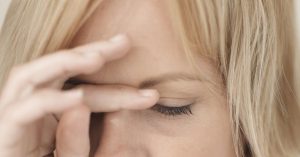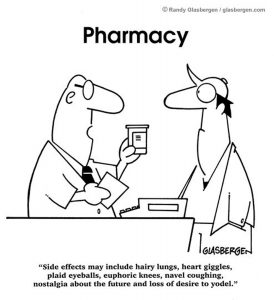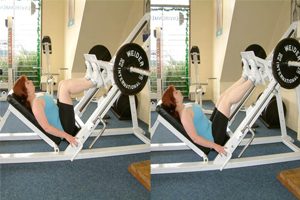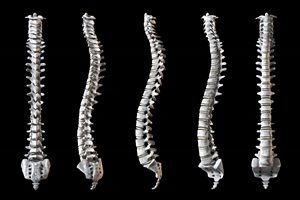Chiropractic Effective for Tension Headache
 With headaches being one of the most common nervous system disorders worldwide, affecting almost 50 percent of the population at least once annually, finding a way to relieve them is important to when it comes to improving quality of life for a large number of people. Certainly there are several different types of headaches–migraines, cluster headaches, and medication-overuse headaches, for instance–and each one requires a unique approach for treatment.
With headaches being one of the most common nervous system disorders worldwide, affecting almost 50 percent of the population at least once annually, finding a way to relieve them is important to when it comes to improving quality of life for a large number of people. Certainly there are several different types of headaches–migraines, cluster headaches, and medication-overuse headaches, for instance–and each one requires a unique approach for treatment.
According to the Cleveland Clinic, tension headaches, also commonly referred to as stress headaches, are headaches which affect anywhere from 30 to 80 percent of sufferers and are signified by their mild-to-moderate in pain that spreads across the entire head in a sort of band. This makes them very different than migraines which are usually felt on one side or the other.
Because tension headaches in particular are so prevalent, researchers have conducted various studies to determine which types of remedies work by offering some relief. One such piece of research was published in the European Journal of Physical and Rehabilitation Medicine in February of 2016 and it was designed to determine whether there were any head pain benefits offered by chiropractic adjustments.
Sixty-two women between the ages of 18 and 65 were recruited, all of which suffered with tension-type headaches. Upon acceptance, each was assigned to one of four groups, three of which involved a specific treatment (one was spinal manipulation) and one which served as a control.
Upon conclusion of the study, researchers discovered that, when compared to the control, the individuals who engaged in spinal manipulation “showed improvements in their physical role, bodily pain, and social functioning” at one month post-treatment. In other words, receiving chiropractic care helped improve their quality of life in many fashions beyond just the physical results one might expect. If you suffer from tension headaches, chiropractic can be a natural way to get relief.
- Tension headaches. Cleveland Clinic. http://www.who.int/mediacentre/factsheets/fs277/en/
- Espi-Lopez G et al. (February 29, 2016). Do manual therapy techniques have a positive effect on quality of life in people with tension-type headache? A randomized controlled trial.
Article shared from www.chironexus.net
 Back pain is an expensive health problem for both patients and businesses.
Back pain is an expensive health problem for both patients and businesses.  We recently posted about standing desks. For those of you who are looking for some good information on standing desks, today we are sharing a review on some standing desks. Standing desks are a great option where they are allowed! Standing desks can be of great benefit by allowing greater circulation while you are working at your desk! Wonderful for those of us who spend a considerable amount of time sitting at a desk!
We recently posted about standing desks. For those of you who are looking for some good information on standing desks, today we are sharing a review on some standing desks. Standing desks are a great option where they are allowed! Standing desks can be of great benefit by allowing greater circulation while you are working at your desk! Wonderful for those of us who spend a considerable amount of time sitting at a desk!





